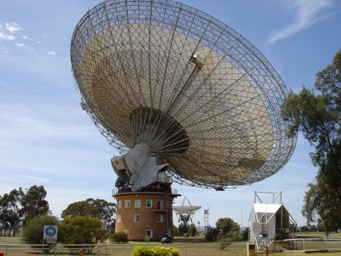Australia So Much to See
Resources
Information at Parkes Radio Telescope Visitors Discovery Centre
Looking to the future: An Australian Square Kilometre Array Pathfinder (ASKAP) is being placed in the Mid West of Western Australia. Made up of 36 antennas each twelve metres across working together as a single instrument, our newest radio telescope, the ASKAP
will capture radio images of the sky in more detail and faster than ever before. In the first six hours of operation, this will gather
more cosmic information than has been gathered and stored worldwide over the past fifty years, and to be 1,000 times more powerful
than anything else. It will allow astronomers to answer fundamental questions about our Universe, such as the nature of cosmic magnetism
and the evolution and formation of galaxies.
While it is operated primarily for astronomy research, the Parkes telescope has a long history of being contracted by NASA and other
international space agencies to track and receive data from spacecraft:
In 1962 it tracked the first interplanetary space mission,
Mariner 2, as it flew by the planet Venus, and in 1969 it was a prime receiving station for the Apollo 11 mission to the Moon. Apart from the initial 1969 moon landing, Parkes radio telescope monitored and broadcast most of the ‘moon walk’ to the world.
With the tower, it gives the impression of a Dutch windmill.
This facility discovered the first Quasar, and has had other
firsts, with Pulsar discoveries. Pulsars are rapidly spinning neutron stars the size of a small city. Half of the more
than 2000 known pulsars have been found using the Parkes telescope. Purely astronomical, it works by trading radio waves emitted
by distant stars.
In conjunction with the dishes at Narrabri and the facility at Siding Spring Coonabarabran, the
three facilities make up a precise and huge observatory.
Old receiver cabin which can be seen to the right of the Dish. This receiver, or focus cabin used to sit above the dish and housed the sensitive radio receivers that detect the weak naturally produced energy from space. It was removed from the top of the telescope in 1995 and replaced at the focus with the present much larger white cabin.
The new cabin houses up to
three radio receivers instead of one. This major upgrade was funded by NASA to assist with data recovery from their Galileo
spacecraft at Jupiter.
Parkes Radio Telescope, New South Wales
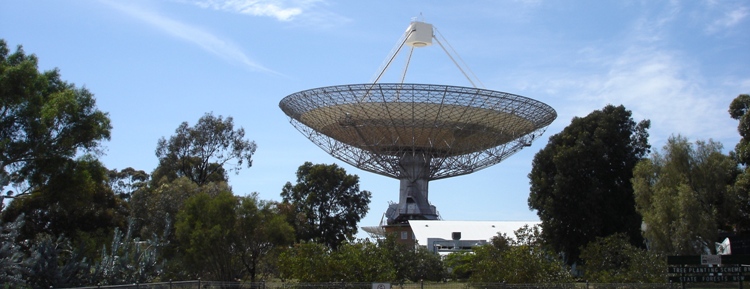
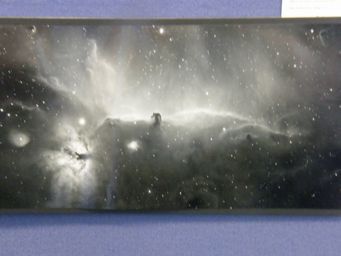
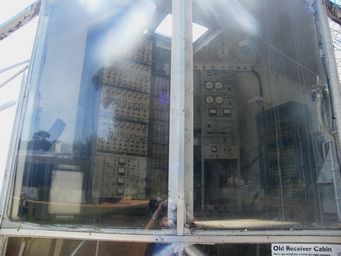
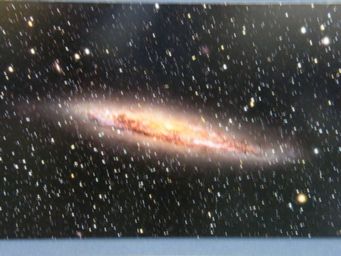
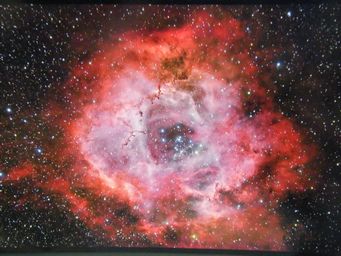
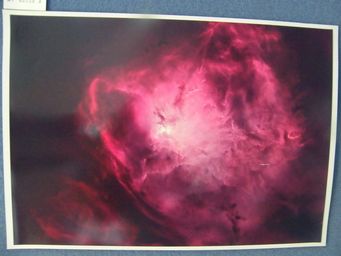
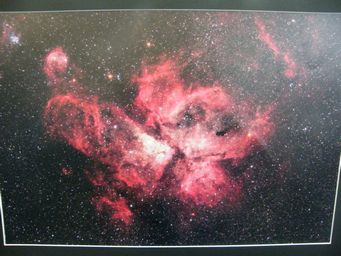
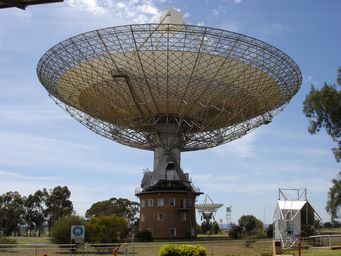
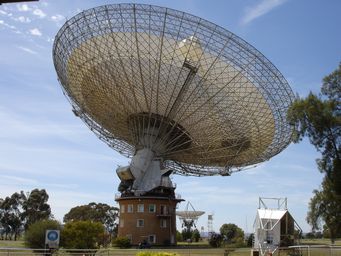
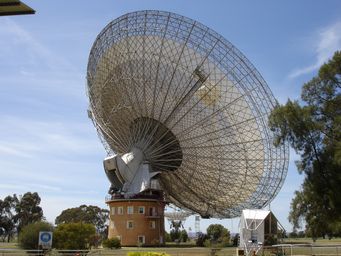
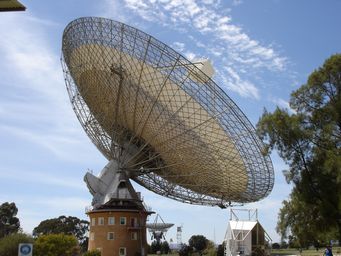
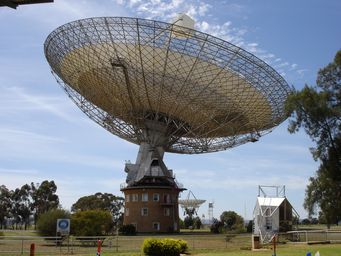
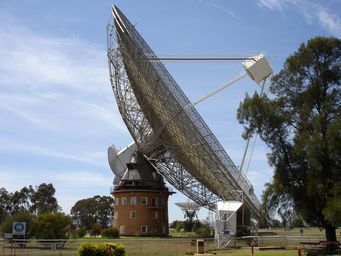
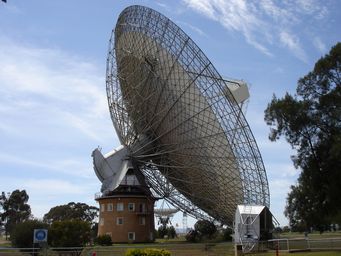
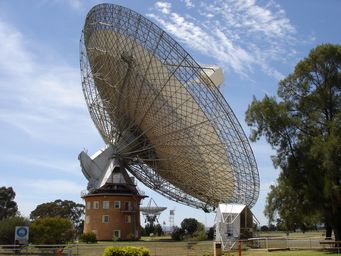
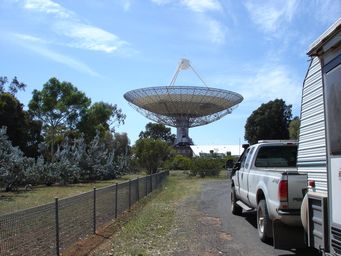
In 1970 it was called in to help during the Apollo 13 emergency when an explosion crippled the spacecraft while it was en route to
the Moon, and its Apollo support continued until the end of the manned lunar missions in December 1972.
In the 1980s the Parkes
telescope was used to receive signals from NASA's Voyager 2 spacecraft and the European Space Agency's Giotto spacecraft, and in the
1990s it supported NASA's Galileo mission to Jupiter.
In the 2000s it tracked various spacecraft at Mars, and in 2005 Parkes
was used in an experiment to directly receive signals from the European Space Agency's Huygens spaceprobe as it descended through
the atmosphere of Saturn's largest moon, Titan.
The Visitors Centre is free to enter and view the displays and information board, but there are fees to view the 3D movies. The dish movements can be watched clearly outside the Visitors Centre.
The photos of astronomical features can be viewed in the
Visitors Centre.
The CSIRO Parkes Radio Telescope commenced operation in 1961. There are twenty full time staff. The telescope operates
twenty four hours per day, through rain and cloud. About 85 per cent of all time each year is scheduled for observing. Less
than five per cent of that time is lost because of high winds or equipment problems. Most of the rest of the time each year is used
for maintenance and testing. Because the large surface of the dish catches the wind like a sail, the telescope must be 'stowed'
(pointed directly up) when the wind speed exceeds 35 kilometres an hour.
In 2012, Parkes played a support role in tracking NASA's Curiosity Rover during its descent onto the Martian surface.
The
fictional film 'The Dish' was based on the real role that the Parkes telescope played in receiving video footage of the first Moon
walk by the crew of Apollo 11 in 1969.
